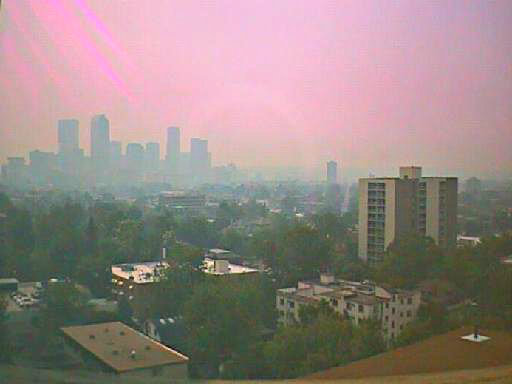
The Environmental Protection Agency's new ground-level ozone guidelines could be problematic for Denver and the northern Front Rage.
The standards, issued Thursday, reduce the threshold for the particles that contribute to smog at 70 parts per billion. That's down from the current 75 parts per billion.
The Denver metro and areas north currently don't meet the old standard. Colorado air regulators say they are working to reduce ozone concentrations, but say they have unique challenges. Polluted air blows into the state, so it's starting with a higher baseline level to reduce than other states.
“There’s strong scientific evidence that the ‘background’ ozone concentrations in some Colorado locales on certain days are 50 parts per billion or higher,” said Dr. Larry Wolk, executive director and chief medical officer at state Department of Public Health and Environment. “This background pollution comes from out of state and in some cases out of the country. It needs to be accounted for somehow, and requires flexibility in the planning and implementation process.”
Ozone is a harmful pollutant at the ground level, CPR News' Sam Brasch reported earlier this year.
The EPA points out that ozone acts as a lung irritant, making it particularly dangerous to children, the elderly or anyone with pre-existing medical conditions like asthma or a respiratory infection. It's also harmful to folks without those conditions. People who work or exercise outdoors in areas with high ozone pollution can experience breathing difficulties and eye irritation. Prolonged exposure can reduce resistance to lung infections and colds.
Industry groups complain the new standards will burden businesses. Environmentalists say they were hoping for tighter regulations. Both sides have threaten to sue the EPA over the matter.








